Samsung NX500 vs. NX1
The Samsung NX500 and NX1 are the latest generation APS-C cameras from technology giant Samsung. Although they share the same 28MP – APS-C BSI-CMOS Sensor, there are a few key differences that you need to be aware of before deciding which one is right for you.
Body and weather sealing
The biggest difference between these two cameras is obviously the body. The NX1 has a DSLR type casing and is fully weather proofed. The Samsung NX500 is a lot smaller and lighter, and in many ways more what you’d expect from a mirror-less camera. It, unfortunately, is not weather-sealed and lacks the built-in flash, but this is something to be expected from a camera costing 1/3 of the top of the range Samsung camera.
Buffer size
The NX1 can capture 12-bit Raw files in continuous drive mode, but the buffer fills with around 20 images. Switching to JPG mode, this will increase to about 72 shots. The buffer clears in about 10 seconds.
The NX500 manages only 3 to 4 RAW sequential images with a 15 second wait time for the buffer to clear. Depending on the JPEG quality settings, you can get between 10 and 20 images with around 15 seconds wait time for the buffer to clear.
If we look at the NX500’s main competitor from Sony, the A6000, it fares a lot better. This camera can do 22 sequential RAW files with a 14 second wait time and no less than 47 large JPEG’s with a 22 second wait time to clear the buffer.
Viewfinder and LCD screen
The NX1 has a beautiful XGA viewfinder with 2,359K-dot resolution, the NX500 has none. To make matters worse, there is no external viewer currently available from Samsung.
Both cameras do share the same 3-inch tilting FVGA Super AMOLED touchscreen. You’ll be able to flip and rotate it on the NX500, making it an ideal camera for youtube presentation videos and such.
Olympus cameras have had touch-screen technology built-in for years, and I do feel that these touch screens respond quicker and are better adapted to touch screen shooting than any other brand.
4K video
Both cameras are 4K video capable, and you can write 4K video files directly to a fast SD card. Samsung is leading the way here with this feature. The NX500 does crop around 60% of your image in order to achieve this functionality, cropping any the image circle of any lens used. It might be an issue for advanced videographers, but I guess most casual users won’t find this to be a significant problem. Samsung’s codec for compressing 4K video is unfortunately not widely supported by video software, so you’ll need to convert these files once transferred to your Mac or PC. There is an excellent (and free) app available for both OSX and Windows called ‘Rocky Mountains Movie Converter’. It’s made by a Korean gentleman nicknamed RockSan, and it works very well. You can find it on Sourceforge here.
Conclusion
So who should buy the Samsung NX500, and who should save up for an NX1? If you’re a RAW shooter, you’re going to need an NX1 I’m afraid. The buffer size on the NX500 is just too small to be usable for any serious work. If you only need an excellent performing camera that slips into your pocket, the NX500 will make you jubilant. If 4K video is important to you, you’ll need
If 4K video is important to you, any pro will need the NX1 too. The NX500 could work as a second camera, or a primary camera for any blogger or amateur who needs to make high-quality videos for their website or youtube.
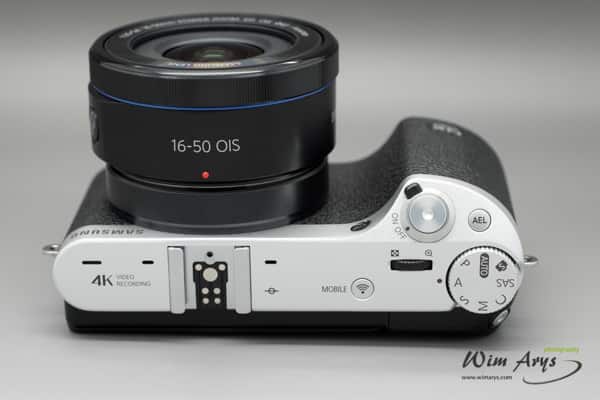
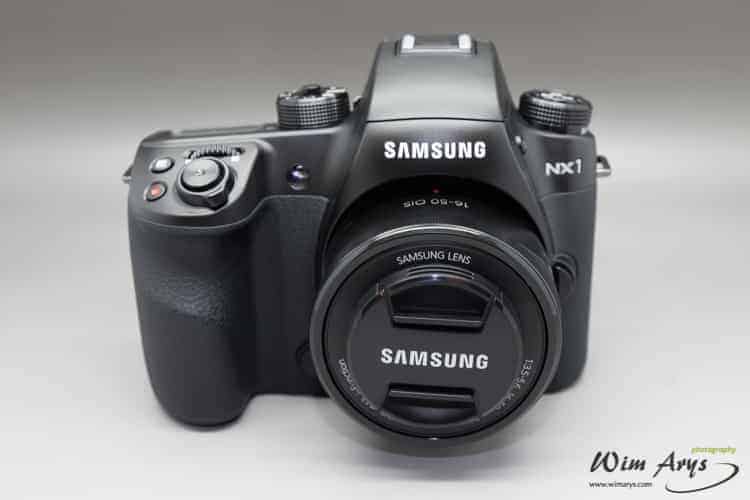
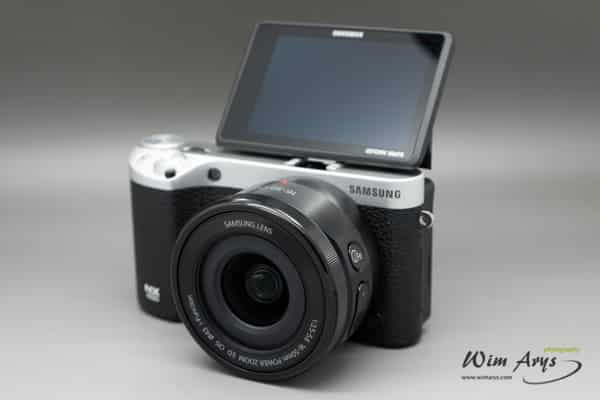
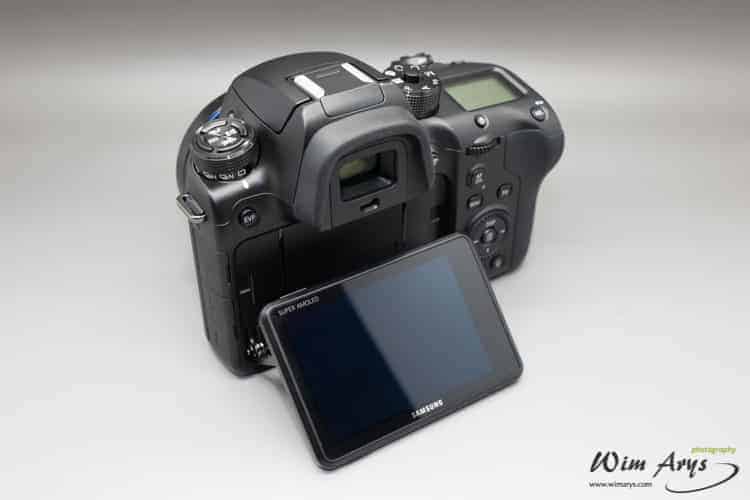
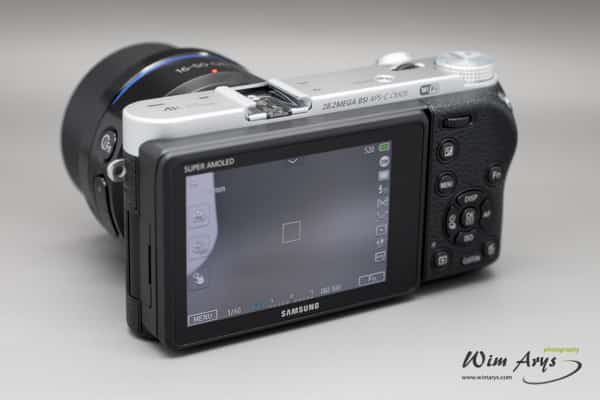
0 Comments